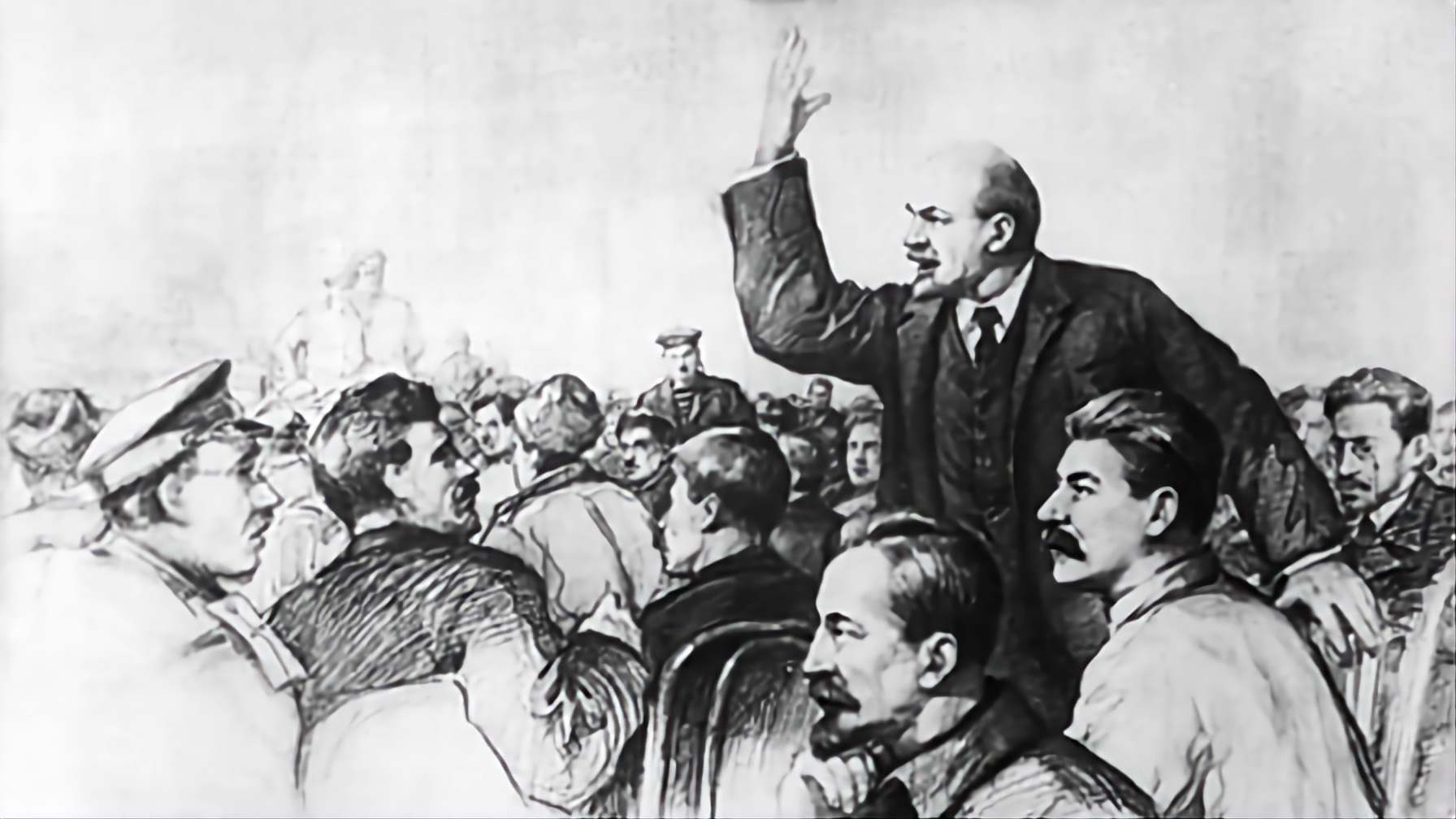VILenin [he/him]
Yes it’s me, Vladimir Lenin. :i-was-saying
- 69 Posts
- 446 Comments

 3·5 months ago
3·5 months agoHanging Chuds

 4·5 months ago
4·5 months agoIsn’t that just all of Amazon
Also drop shipping is like digging for gold in a gold rush. I’m going to retire off the money made from my $6000 dropshipping course

 37·5 months ago
37·5 months agoPick up a gun and go fight the subhuman hordes then, your brave and fearless Excellency
Hitman speedrunners put a banana peel there. Sad

 18·5 months ago
18·5 months agoIt is verboten in the west to criticize the holy unquestionable sacred dogma of free speech.
Mao was much more correct in his approach: “No investigation, no right to speak.”
If you don’t know what you’re talking about, shut the fuck up until you do.

 52·5 months ago
52·5 months agoMarx failed to consider (thing he wrote about in Capital Volume 1, Chapter 1, Page 1)

 3·5 months ago
3·5 months ago:trump-withered:

 19·5 months ago
19·5 months agoTiny dog syndrome

 15·5 months ago
15·5 months agoNo, this is a generalized dunk
Typical psychotic American war criminal
There is not a small enough number to express how little of a fuck I give about any one of these people quitting

 14·6 months ago
14·6 months ago

 27·6 months ago
27·6 months agoColor reversal film was expensive and completely impractical to print on a large scale, especially for professional photographers who would go through a whole roll in mere minutes, if even that. Color negative film was generally pretty terrible with an absolutely horrendous shelf life. It suffered from light sensitivity issues and was just not very well suited for journalistic purposes. Even if they did use color film, very few people, most likely only the editorial staff, would ever see it printed in color. It would not be published in color at the time. The only way the color version would conceivably reach a mass audience is through republication decades later in a book. Color photographs were only printed in color in art books, advertisements, or catalogues, as a general rule. In rare instances color exhibitions were held, but these were rare as well due to color photography being perceived as “pedestrian” - 90% of the time it was used by vacationers and tourists.
So while technically speaking, color photography was widely and readily available continuously from 1907, due to the impracticality and expense of reproduction, mass media, with the exception of television (video, not film), was 90% black and white up until the 1990s. There had to be a justification for the expense of printing in color - for example a subscription publication such as National Geographic, other source of additional funding such as grants, or some perceived sales value, etc. Newspaper photographs certainly weren’t considered important enough to do this. And their subscribers would certainly not have been happy with the substantial price increase that would have been necessary with the printing technology at the time - and also, you have to print a metric ton of these every minute, only black and white could do that.

 74·6 months ago
74·6 months agoWe are 2.5 years older than 95% of all the Reddit clone instances, yet they have the audacity to moan about us “ruining their communities” or whatever.
Like, you’re the one that barged in like you owned the place and took a hot steaming shit in the living room

 6·6 months ago
6·6 months agoI go to work, I go home, I sleep. I have me myself and I to talk to be friends with











You ever feel like some people just love to forfeit their right to a non-gulaged existence?